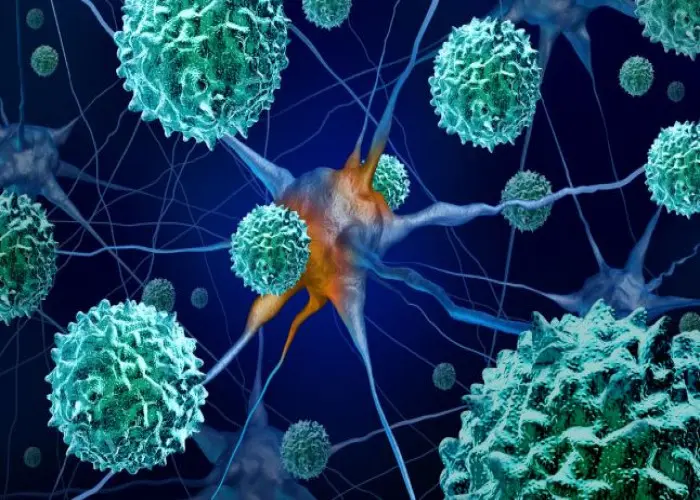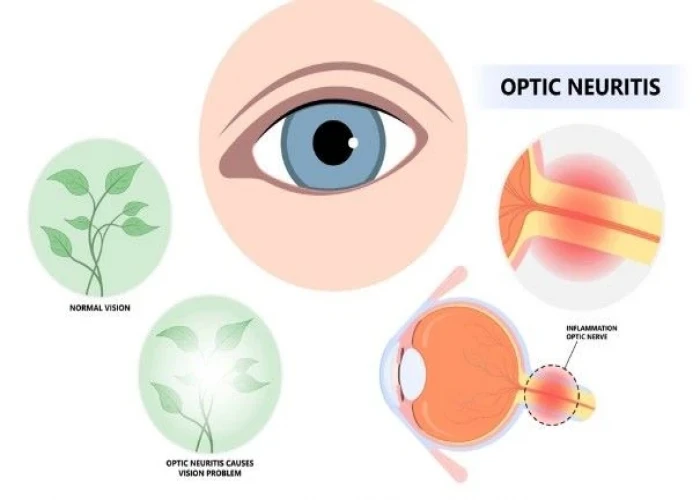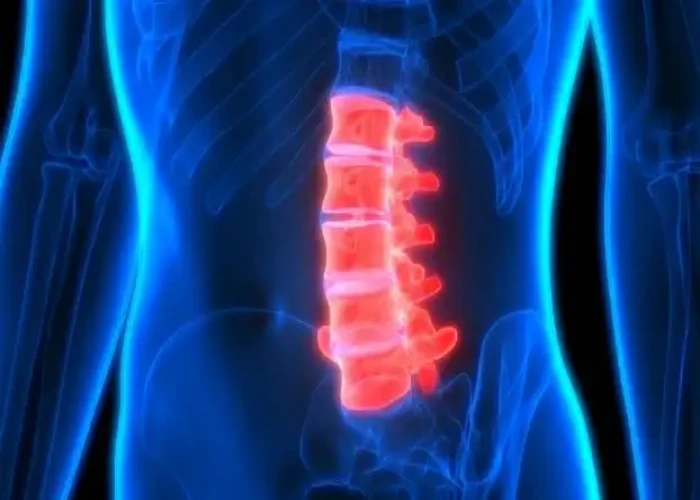 Welcome
Welcome
“May all be happy, may all be healed, may all be at peace and may no one ever suffer."
Spinal cord - Diseases
The spinal cord is a long, thin, tubular bundle of nerve tissue that runs from the brainstem down through the vertebral column. It serves as a pathway for nerve signals to travel between the brain and the rest of the body, and it is a key component of the central nervous system.
The spinal cord is made up of neurons, or nerve cells, that are surrounded and protected by a series of bones called vertebrae. The vertebrae are stacked on top of one another to form the spinal column, which serves as a protective housing for the spinal cord.
The spinal cord is divided into four regions: the cervical, thoracic, lumbar, and sacral regions. Each region contains a different number of spinal segments, which are defined by the level of the vertebrae they are associated with. The cervical region contains 8 spinal segments, the thoracic region contains 12, the lumbar region contains 5, and the sacral region contains 5.
The spinal cord plays a critical role in transmitting sensory information from the body to the brain and in sending motor signals from the brain to the muscles. It is also responsible for many reflexes, such as the knee-jerk reflex.
Injuries to the spinal cord can be severe and can cause permanent damage or paralysis. Damage to the spinal cord can result from trauma, disease, or degeneration. Treatment for spinal cord injuries may include surgery, medication, or physical therapy, depending on the extent and severity of the injury.

Rectum
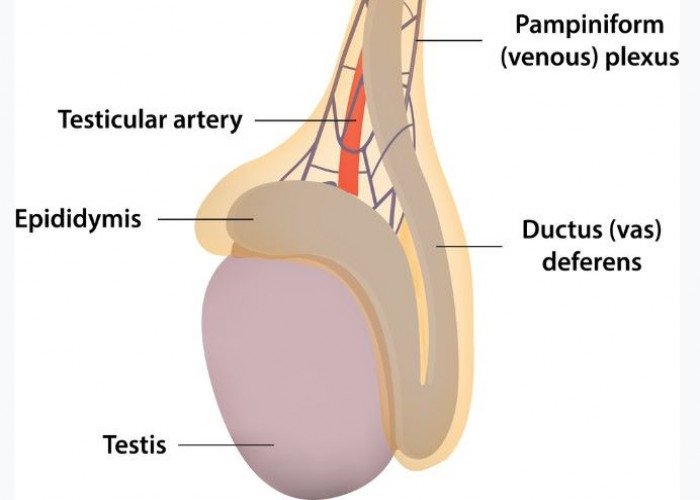
Vas deferens
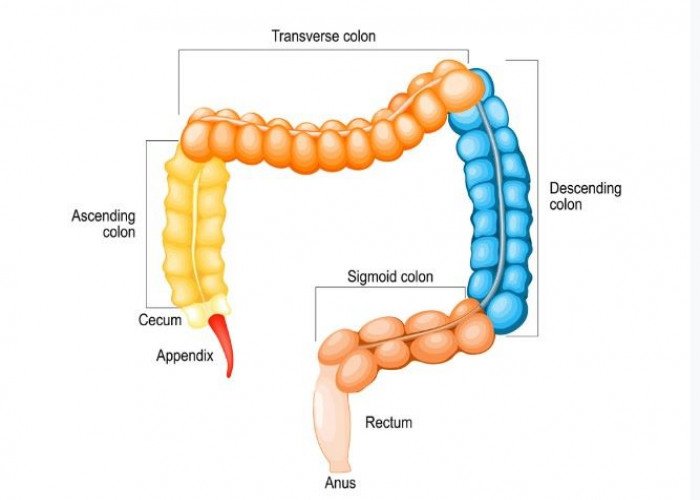
Sigmoid colon intestine
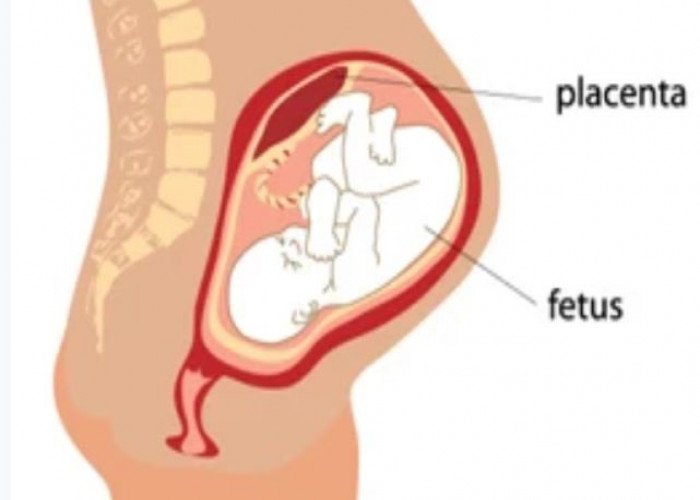
Placenta
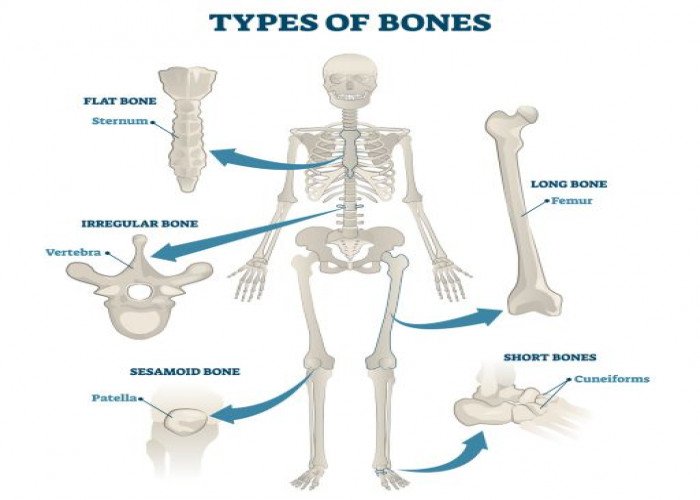
Bones
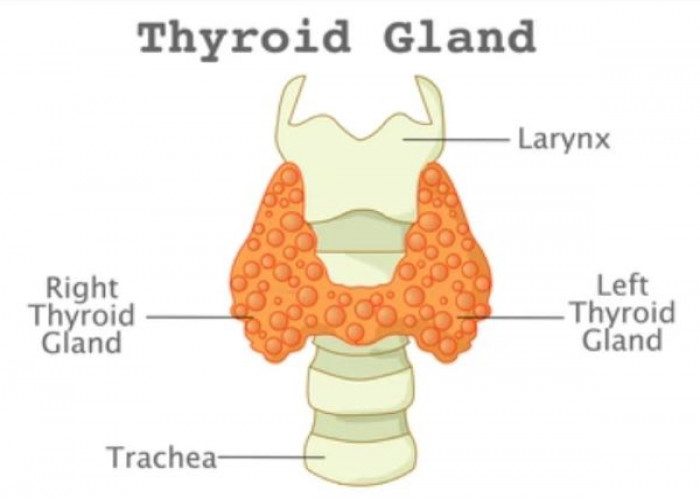
Thyroid gland

Prostate
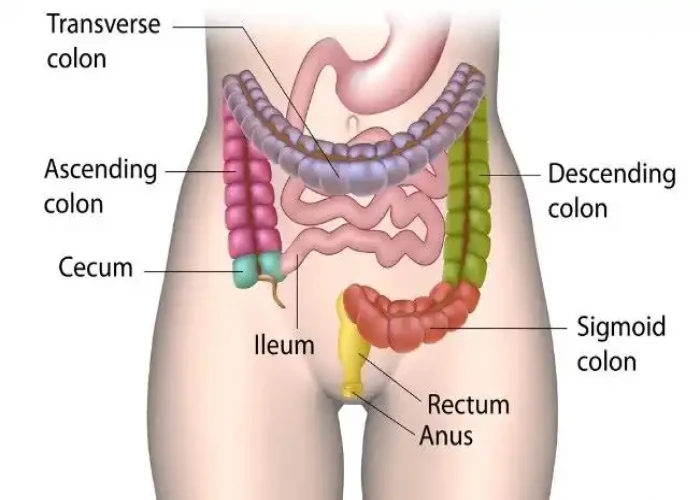
Descending colon intestine
Spinal cord, Spinal, মেরুদণ্ডের কর্ড
To be happy, beautiful, healthy, wealthy, hale and long-lived stay with DM3S.
